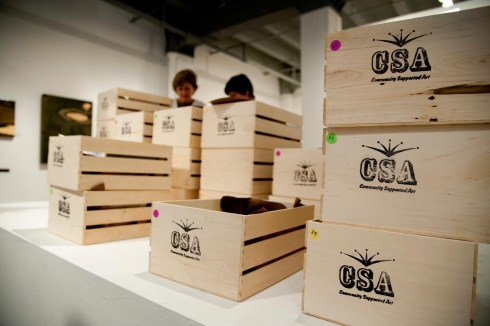Health Insurance for Artists: Before and After the Patient Protection and Affordable Care Act of 2010
Helicon Collaborative, UCLA Center for Health Policy Research
This study combined a deeper look at data from the LINC/Helicon/PSRAI Artists and the Economic Recession Survey with data from the federal government’s Current Population Survey of March 2009. The UCLA Center for Health Policy Research conducted an analysis of the data gathered by the Artists and the Economic Recession Survey to determine the characteristics of “adequately” and “inadequately” insured artists in the U.S. The study also addressed how the provisions of the Patient Protection and Affordable Care Act (PPACA) of 2010 would affect individual artists’ access to adequate health care coverage. The LINC/Helicon/PSRAI survey, which allowed respondents to self-identify as artists, demonstrated a much higher rate of inadequate insurance in artists than in the general population. Unlike the CPS data, the survey showed this situation did not improve as artists age. The report suggested that the health insurance exchanges provided for in PPACA would have a major impact on the state of artists’ health insurance by allowing artists without employer-covered care to access health insurance at much more affordable rates than those available in the existing private market.
Extracts
Purchasing insurance as an independent worker is expensive at best, and nearly impossible for those who have been uninsured for a long time or have a pre-existing condition. In addition, Medicaid benefits have previously been restricted to adults with children, which excludes many younger or childless artists.
This dilemma is played out repeatedly for the tens of thousands of artists in this country who are hired to perform or create work on short-term contracts. They take a gamble every day in working without the safety net of insurance.
The number of inadequately insured artists are higher than uninsured artists at every income level, and are double for artists who earn $60,000 a year or less. Unlike the trend in other professions, insurance does not seem to improve with age.
The 2010 Patient Protection and Affordable Care Act has the potential to significantly improve health care conditions for individual artists and the owners of small creative sector businesses, who often have trouble acquiring adequate health insurance. Yet the degree to which this potential is realized is dependent on how the law is implemented on the state level and whether it outlasts the Obama administration. Advocates and service organizations who work on behalf of artists must stay informed and put pressure on political and public sector leaders to interpret the law in ways that are favorable to the public, of which artists are a part. The better-organized this campaign is, bringing all kinds of artists together and joining the “arts” cause with other causes in the public interest, the more effective it will be—in both the short term and the long run.

